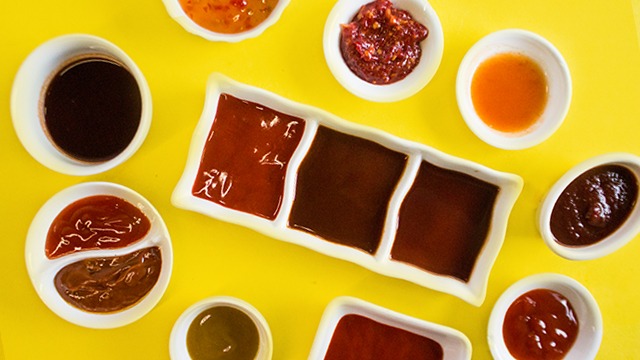- No. 268 Xianghe Street, Economic Development Zone of Xingtai city, Hebei 054001 China
- Byron@hbhongri.cn
powder paprika
The Versatility and Rich Flavor of Powdered Paprika
Paprika, a vibrant red spice derived from grinding dried peppers, is a staple in many kitchens around the world. With its origins rooted in Central and South America before spreading to Europe, paprika has found a special place in various culinary traditions. Among its different forms, powdered paprika stands out for its versatility, flavor, and the color it can impart to dishes. This article explores the diverse uses and benefits of powdered paprika, showcasing why it deserves a prominent spot in every spice cabinet.
Types of Paprika
Before delving into the uses of powdered paprika, it's important to understand the different types available. Generally, paprika can be categorized into four main varieties sweet, smoked, hot, and Hungarian. Sweet paprika is characterized by its mild flavor and bright red color, making it an excellent seasoning for a variety of dishes without adding heat. Smoked paprika, on the other hand, provides a distinct smoky flavor that can elevate grilled meats, stews, and even vegetables. Hot paprika is for those who enjoy a bit of heat, while Hungarian paprika is often a blend of sweet and hotter varieties, known for its complex flavor profile.
Culinary Uses
Powdered paprika is incredibly versatile, complementing a wide range of cuisines and dishes. In Spanish cooking, for instance, it’s an essential ingredient in chorizo and the famous dish, paella. In Central European cuisine, particularly Hungarian, it’s a key component in goulash and other hearty stews. The spice adds not only flavor but also a rich color, turning a regular dish into a visually appealing meal.
Beyond regional dishes, powdered paprika can enhance everyday cooking. Sprinkling it on roasted vegetables, potatoes, or eggs provides a burst of color and flavor. It can also be used to season meats before grilling or roasting, as it forms a beautiful crust and enhances the overall taste. Additionally, paprika serves as a wonderful garnish, adding a pop of red to dishes such as deviled eggs, hummus, or soups.
powder paprika

Health Benefits
In addition to its culinary advantages, powdered paprika boasts several health benefits. Rich in antioxidants, particularly carotenoids, paprika contributes to better immune function and overall health. Moreover, it contains vitamins A and E, both of which are essential for maintaining good vision, skin health, and cellular function. The capsaicin in hot paprika has been studied for its potential benefits in pain relief and digestion, making it a valuable spice for health-conscious individuals.
Storing Paprika
To maintain its vibrant color and flavor, proper storage of powdered paprika is crucial. It should be kept in an airtight container, stored in a cool, dark place away from direct sunlight. When stored correctly, paprika can last for about 2-3 years, although it's best used within a year to enjoy its peak flavor. Regularly checking the freshness is also a good practice, as older spices tend to lose their potency.
Conclusion
In conclusion, powdered paprika is more than just a colorful spice; it's a marvelous ingredient that enhances flavors, adds depth to dishes, and offers numerous health benefits. Its versatility means it can be used in a wide array of recipes, from hearty stews and grilled meats to lighter fare like salads and roasted vegetables. The next time you're looking to elevate your cooking, reach for that jar of powdered paprika and experience the burst of flavor and color it can bring to your plate. Whether you prefer sweet, smoked, or hot varieties, there's no denying that paprika is a spice that deserves recognition and appreciation in the culinary world.
-
Turmeric Rhizome Powder: A Golden Treasure from Roots to TableNewsJul.28,2025
-
The Versatile Application Of Crushed Red Hot Peppers: Lighting Up The Red Flames On The Dining TableNewsJul.28,2025
-
The Paprika: A Touch Of Vibrant Red In Color, Flavor, And CultureNewsJul.28,2025
-
Ground Turmeric: A Modern Examination of an Ancient SpiceNewsJul.28,2025
-
Capsicum Liquid Extract: Features, Applications, and ChallengesNewsJul.28,2025
-
Application of Capsicum Liquid Extract in FoodNewsJul.28,2025







